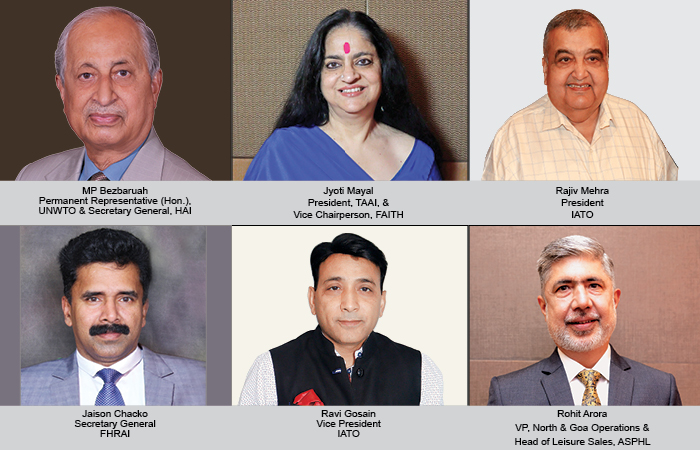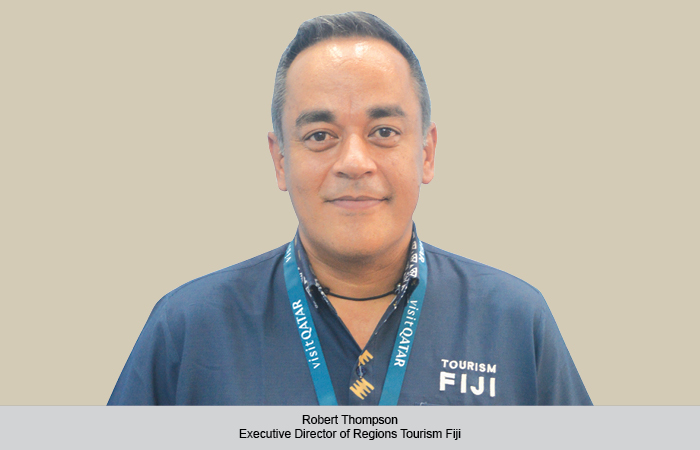About 8 per cent of travellers say gastronomy is a key element in defining the brand and image of a destination. It is considered that the weight of gastronomy in tourism revenue can be as high as 30 per cent. In-dia, with its diverse cuisines, can build strategies around its cuisine culture and promote tourism in the country.
Inder Raj Ahluwalia
When Confucius, the Chinese philosopher, said, ‘Food is the first love’, he knew what he was talking about. Today, not only is the cuisine industry among the biggest globally, it forms the hub of tourism and plays a pivotal role in enhancing visitors’ travel experiences.
MP Bezbaruah, Permanent Representative (Hon.), UNWTO & Secretary General, HAI, feels one unmistakable trend of the new millennium is tourists’ search for unique experiences as the motivation for travel. It is estimated that about 30 per cent of global travellers seek experiences based on local identity and culture. UNWTO studies show that destinations’ cuisine determines the quality of the holiday experience. One such survey has also shown that for 88 per cent of re-spondents, gastronomy is a strategic element in defining the brand and image of their destination. It is considered that the weight of gastronomy in tourism revenue in destinations can be as high as 30 per cent. India, with its tremendous variety in cuisine, can build cuisine innovatively in marketing and promotion, keeping quality and authenticity as important factors.
Jyoti Mayal, President, TAAI, and Vice Chairperson, FAITH, feels that cuisine is an important aspect of Indian inbound tourism, as it reflects the diversity and richness of the country’s culture, history, and geography. India offers a variety of regional and local dishes, each with its own unique flavour, ingredients, and preparation methods. Tourists can enjoy the authentic taste of India by exploring different cuisines, such as North Indian, South Indian, Mughlai, Bengali, Gujara-ti, Rajasthani, and Goan. Cuisine also showcases to tourists, Indian traditions, customs, and community lifestyles, as well as the health benefits of spices and herbs. By highlighting India’s culinary tourism potential, the country can attract more visitors and enhance their overall experience. Rajiv Mehra, President, IATO, feels the importance of cuisine in Indian inbound tourism is enormous, and goes beyond just satisfying hunger. “It serves as a gateway to the country’s culture, traditions, and way of life. Emphasises the importance of food and cuisine in Indian inbound tourism, and its key role in attracting travellers and enhanc-ing their overall experience. Jaison Chacko, Secretary General FHRAI, feels when one talks about cuisine’s role in tourism, the sky is the limit. The potential is enormous. The key is that Indian cuisine is diverse and plentiful, and changes at every 300 kilometres. This startling fact makes the country truly unique with an estimated 1,000 regional and local cuisines that reflect the great depth and diversity of India’s geography, history and culture. “Together, our hospitality and cuisine concepts can create great, world-class tourism attractions and advantages that are unique only to India,” Chacko adds.
Ravi Gosain, Vice President, IATO, considers cuisine to be an integral part of any culture, and India, being blessed with one of the world’s most varied and rich cuisines, needs to focus more on this key issue. A growing number of international tourists are now delving deeper into local cultural experiences and local food. Rohit Arora, Vice President, North & Goa Operations & Head of Leisure Sales, Apeejay Surrendra Park Hotels Limited (ASPHL), feels cuisine’s role in inbound Indian tourism is limitless. Not only does it provide a great economic source, but also serves as a gateway for tourists to immerse themselves in local culture, traditions, and flavours.
 TravTalk India Online Magazine
TravTalk India Online Magazine





